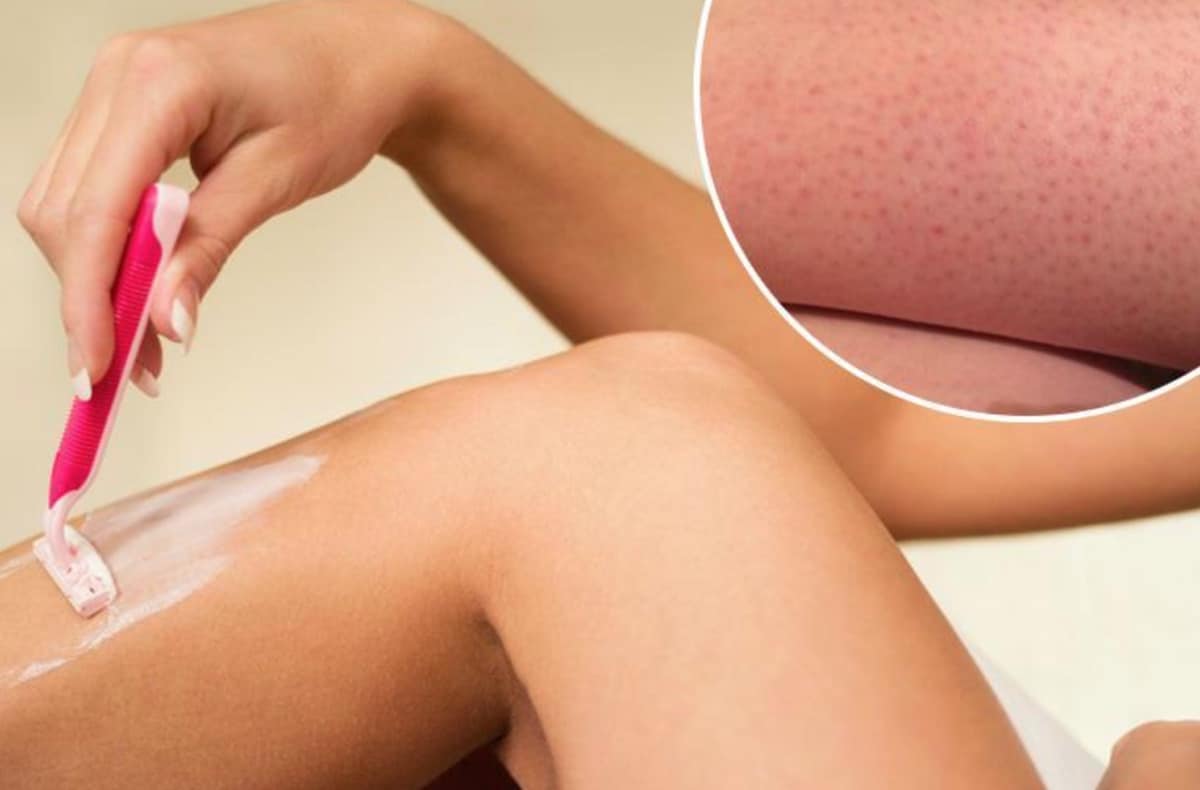We all have our preferred methods for removing hair, whether it’s shaving, waxing, or plucking. These techniques help us maintain smooth and hair-free skin. However, there are also downsides to these hair removal approaches, particularly when it comes to those pesky razor bumps that tend to appear afterward.
The good news is that it’s possible to get rid of razor bumps overnight, which is especially critical for those prone to ingrown hairs. The key to success lies in properly caring for our skin after hair removal and soothing any redness or irritation. Among the various hair removal techniques, shaving with a razor presents the most challenges. In this article, we will discuss effective ways to eliminate razor bumps quickly, so you can confidently flaunt smooth and healthy skin.
Chapter Overview
What Is Razor Burn?
Razor burn is a common skin irritation that occurs after shaving. It manifests as a red rash accompanied by tenderness, itchiness, small red bumps, and a burning or hot sensation. Razor burn can develop on any part of the body that is shaved, including the face, legs, underarms, and bikini area. It is often associated with ingrown hairs and pseudofolliculitis barbae (PFB), which are inflammatory reactions to hair re-entering the skin. Fortunately, razor burn is temporary and subsides over time.
Difference Between Razor Burn And Razor Bumps
We often hear about razor burn and razor bumps, but the two are not identical. Razor burn typically occurs after shaving and causes discomfort, while razor bumps appear as red bumps resulting from ingrown hairs.
Razor bumps are caused by various hair removal techniques, including shaving, tweezing, waxing, and plucking. They form as the hair grows back, curling into the skin instead of away from it. Razor bumps can resemble acne or hyperpigmentation, which adds to the confusion.
The symptoms of both razor burn and razor bumps include:
- Red rash
- Inflammation
- Tenderness
People with curly hair are more likely to experience razor bumps as their hair is more prone to curling as it grows back.
Why Do You Get Razor Bumps?
Razor bumps occur due to several factors, primarily involving improper shaving techniques and lack of proper care. Key causes are:
- No lubricant: Shaving without using a lubricant such as shaving cream, soap, or water
- Wrong hair direction: Shaving against the direction of your hair growth
- Dull blades: Using an old razor with dull blades
- Clogged razor: Shaving with a razor clogged by hair or shaving cream
- Quick moves: Shaving too quickly and not allowing adequate time for the process
Prevention techniques include proper maintenance of your razor and replacing blades as needed. Additionally, seeking help from a dermatologist and considering alternative hair removal techniques like waxing, chemical depilatories, electrolysis, or laser hair removal can help minimize razor bumps.
Cool Washcloth
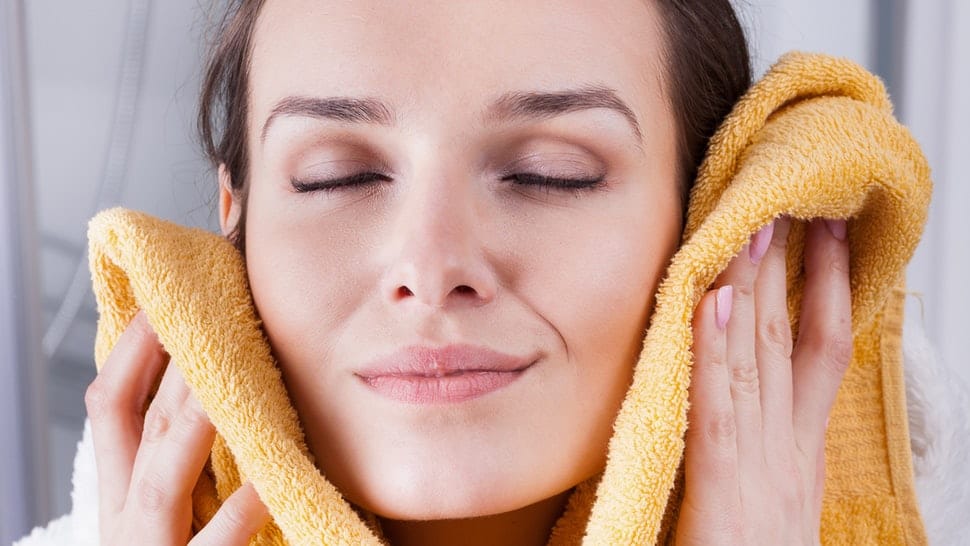
A cool washcloth can bring immediate relief to the heat and itching caused by razor bumps. Applying it to the affected area for five minutes can help calm the skin. Replace it with another washcloth after the first one warms up.
Hot Compress
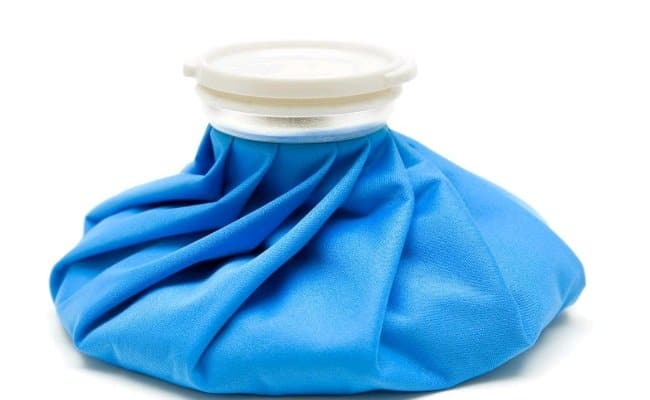
A hot compress is another effective remedy. Soak cotton wool in hot water and gently press it against your skin. The heat will open up pores, allowing trapped hair to become free.
Witch Hazel
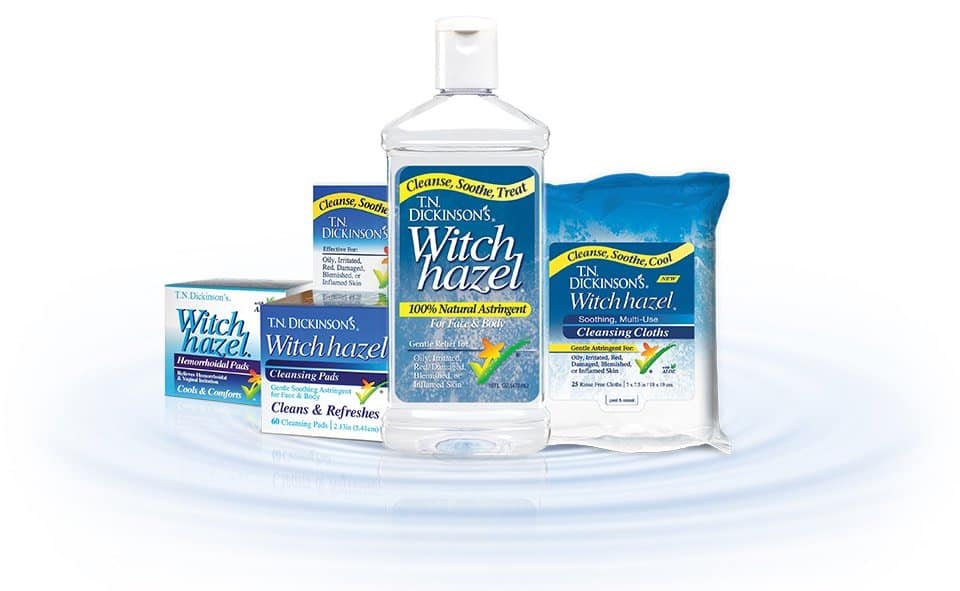
Witch hazel has astringent properties that can reduce razor bumps and keep the area clean. It also speeds up the healing process. To use, apply it with a clean cotton ball to the affected area, sleep with it on, and wash it off in the morning. Repeat this treatment for a few days and nights until the area is clean.
Aloe Vera
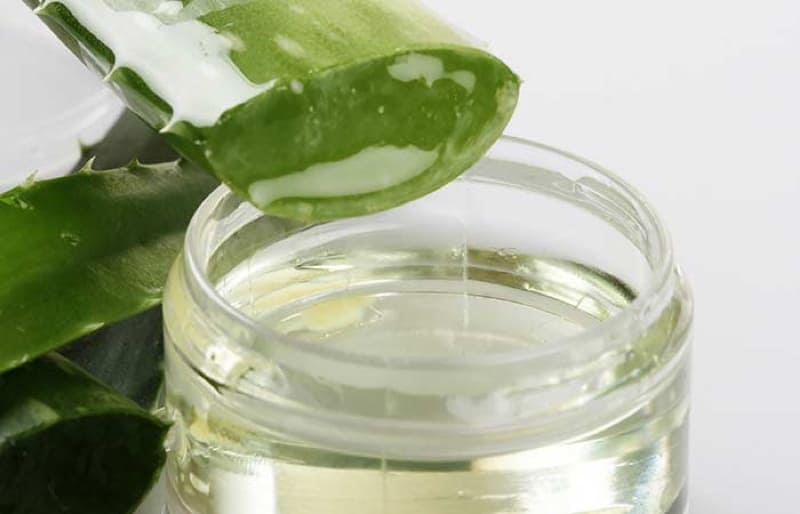
Aloe vera has soothing properties that can help cool down the skin. Apply a single layer to the affected area at night and massage it in until fully absorbed. Wash it off in the morning and repeat every night until desired results are achieved.
Coconut Oil
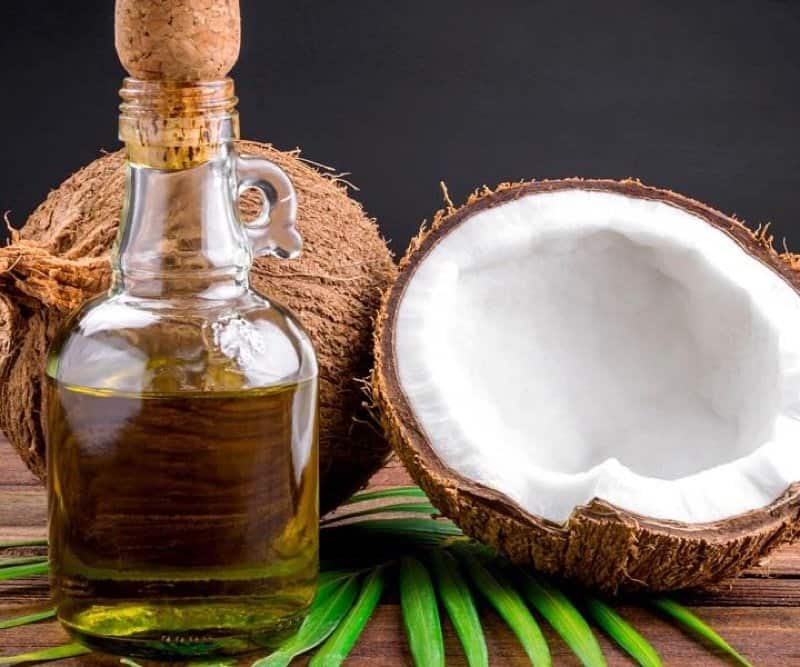
Extra virgin coconut oil can help heal minor skin issues like mild burns, bruises, and bumps. Apply it to the affected area before bedtime, wrap a bandage around it to seal in the oil, and repeat the process for several days until your skin heals.
Rose Water and Peppermint Oil
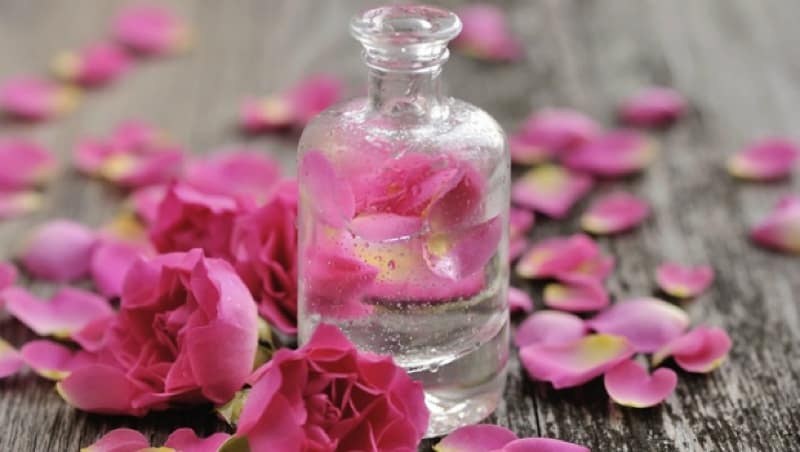
Rose water moisturizes the skin while peppermint oil has antiseptic and antifungal properties. Combine ¼ cup of regular water, ¼ cup of rose water, and 5 drops of peppermint oil, then apply the mixture to the affected area with a cotton ball before bed. The combination can help resolve bumps quickly.
Tea Tree Oil
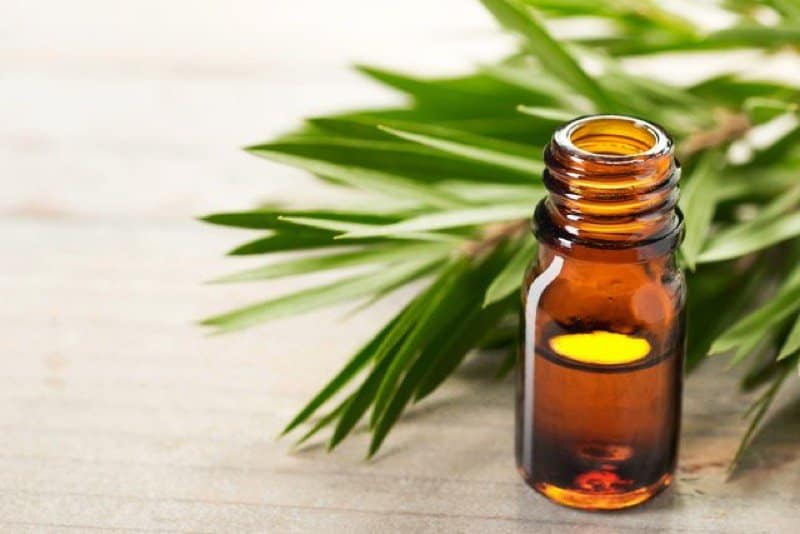
Tea tree oil is a potent antimicrobial essential oil that can eliminate bacteria and viruses trapped in pores, which can cause ingrown hairs and razor bumps. Dilute a few drops of tea tree oil with water or carrier oil and apply to the skin. Leave it on for 15 to 20 minutes, then wash it off.
Raw Potatoes
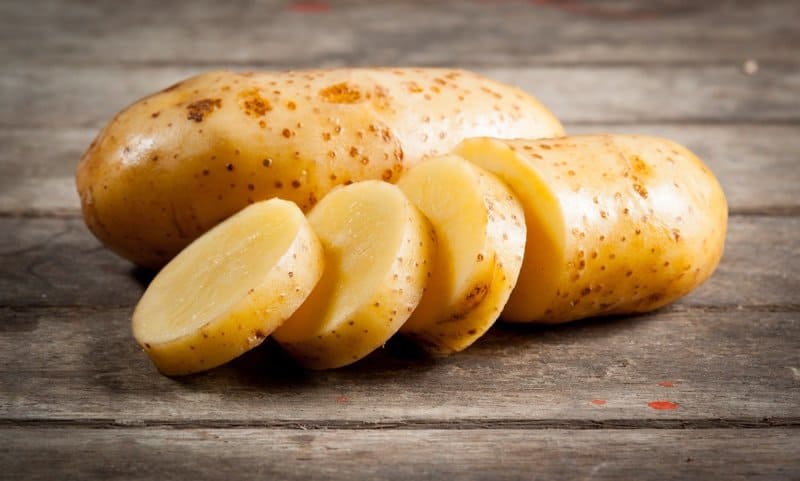
Raw potatoes have healing benefits for the skin. Grate a potato, place it in a muslin cloth, and squeeze out the juice. Apply the juice to the affected area, leave it on overnight, and repeat every night until you see results. Alternatively, you can rub sliced potatoes on the affected area.
White Tea
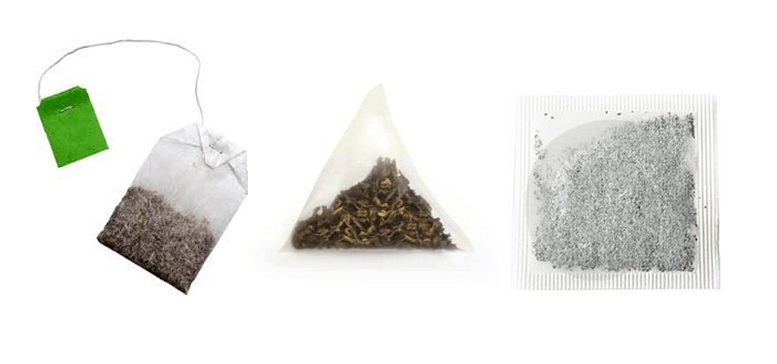
Ordinary white tea bags contain tannic acid, a natural anti-inflammatory ingredient. Wet the tea bag and press it against the affected area to reduce swelling and redness immediately.
Lemon
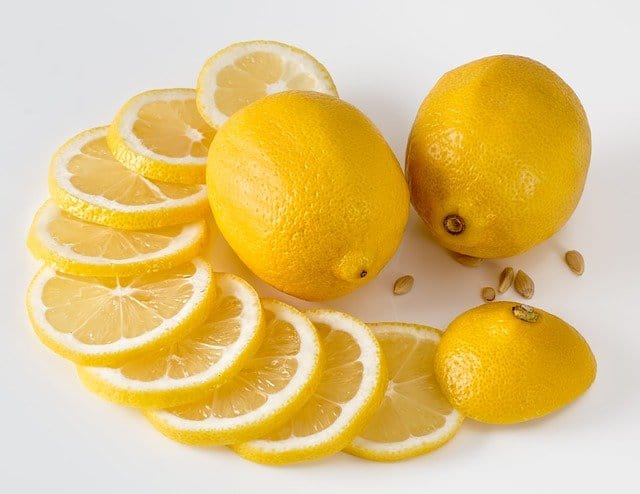
For less severe bumps and infections, you can try applying lemon juice to the affected area. The juice is rich in vitamin C and can help heal bumps. However, if you have sensitive skin, be cautious, as the acidity of the juice may cause redness and irritation.

